Bin Zang
Causality Inspired Representation Learning for Domain Generalization
Mar 27, 2022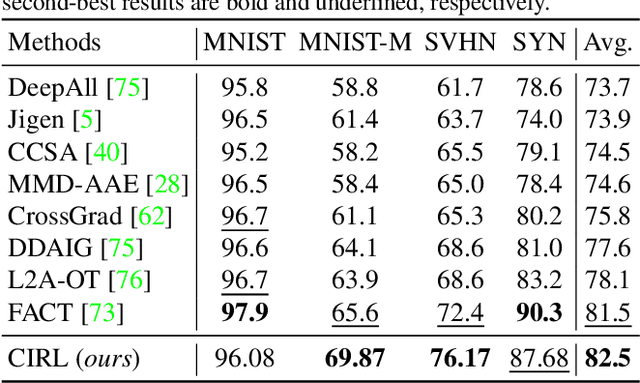
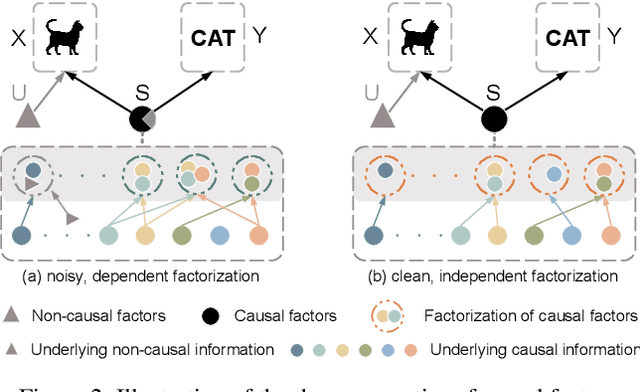
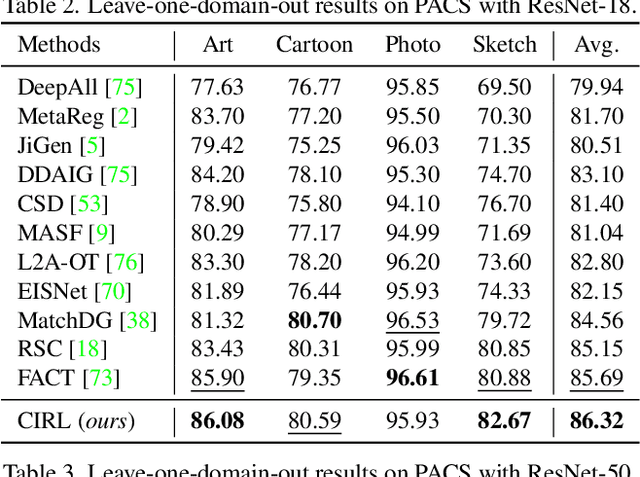
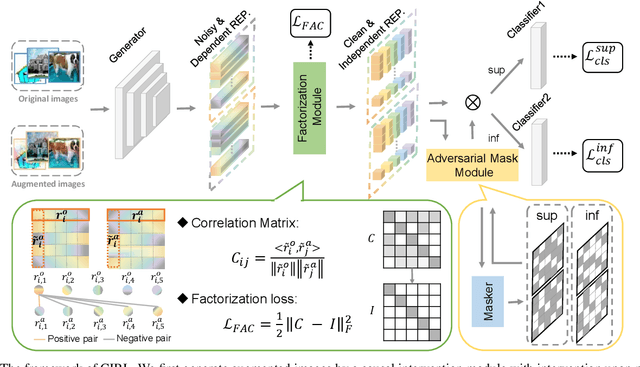
Abstract:Domain generalization (DG) is essentially an out-of-distribution problem, aiming to generalize the knowledge learned from multiple source domains to an unseen target domain. The mainstream is to leverage statistical models to model the dependence between data and labels, intending to learn representations independent of domain. Nevertheless, the statistical models are superficial descriptions of reality since they are only required to model dependence instead of the intrinsic causal mechanism. When the dependence changes with the target distribution, the statistic models may fail to generalize. In this regard, we introduce a general structural causal model to formalize the DG problem. Specifically, we assume that each input is constructed from a mix of causal factors (whose relationship with the label is invariant across domains) and non-causal factors (category-independent), and only the former cause the classification judgments. Our goal is to extract the causal factors from inputs and then reconstruct the invariant causal mechanisms. However, the theoretical idea is far from practical of DG since the required causal/non-causal factors are unobserved. We highlight that ideal causal factors should meet three basic properties: separated from the non-causal ones, jointly independent, and causally sufficient for the classification. Based on that, we propose a Causality Inspired Representation Learning (CIRL) algorithm that enforces the representations to satisfy the above properties and then uses them to simulate the causal factors, which yields improved generalization ability. Extensive experimental results on several widely used datasets verify the effectiveness of our approach.
Semantic Distribution-aware Contrastive Adaptation for Semantic Segmentation
May 11, 2021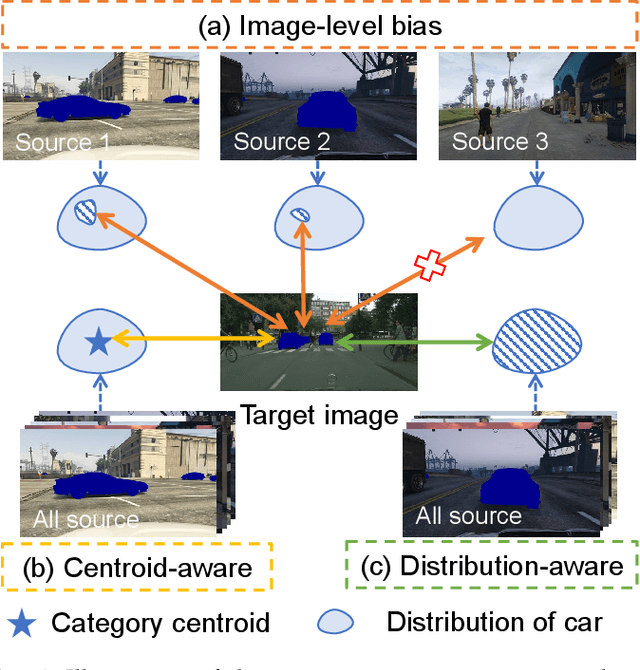

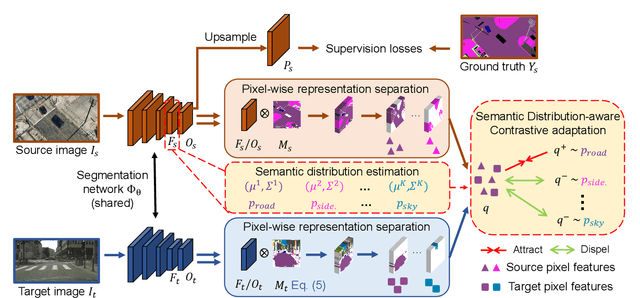
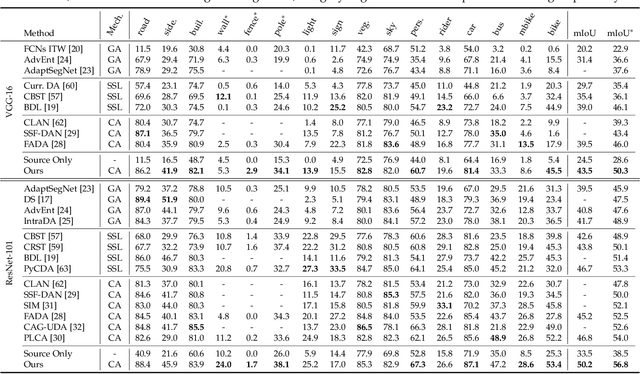
Abstract:Domain adaptive semantic segmentation refers to making predictions on a certain target domain with only annotations of a specific source domain. Current state-of-the-art works suggest that performing category alignment can alleviate domain shift reasonably. However, they are mainly based on image-to-image adversarial training and little consideration is given to semantic variations of an object among images, failing to capture a comprehensive picture of different categories. This motivates us to explore a holistic representative, the semantic distribution from each category in source domain, to mitigate the problem above. In this paper, we present semantic distribution-aware contrastive adaptation algorithm that enables pixel-wise representation alignment under the guidance of semantic distributions. Specifically, we first design a pixel-wise contrastive loss by considering the correspondences between semantic distributions and pixel-wise representations from both domains. Essentially, clusters of pixel representations from the same category should cluster together and those from different categories should spread out. Next, an upper bound on this formulation is derived by involving the learning of an infinite number of (dis)similar pairs, making it efficient. Finally, we verify that SDCA can further improve segmentation accuracy when integrated with the self-supervised learning. We evaluate SDCA on multiple benchmarks, achieving considerable improvements over existing algorithms.The code is publicly available at https://github.com/BIT-DA/SDCA
 Add to Chrome
Add to Chrome Add to Firefox
Add to Firefox Add to Edge
Add to Edge